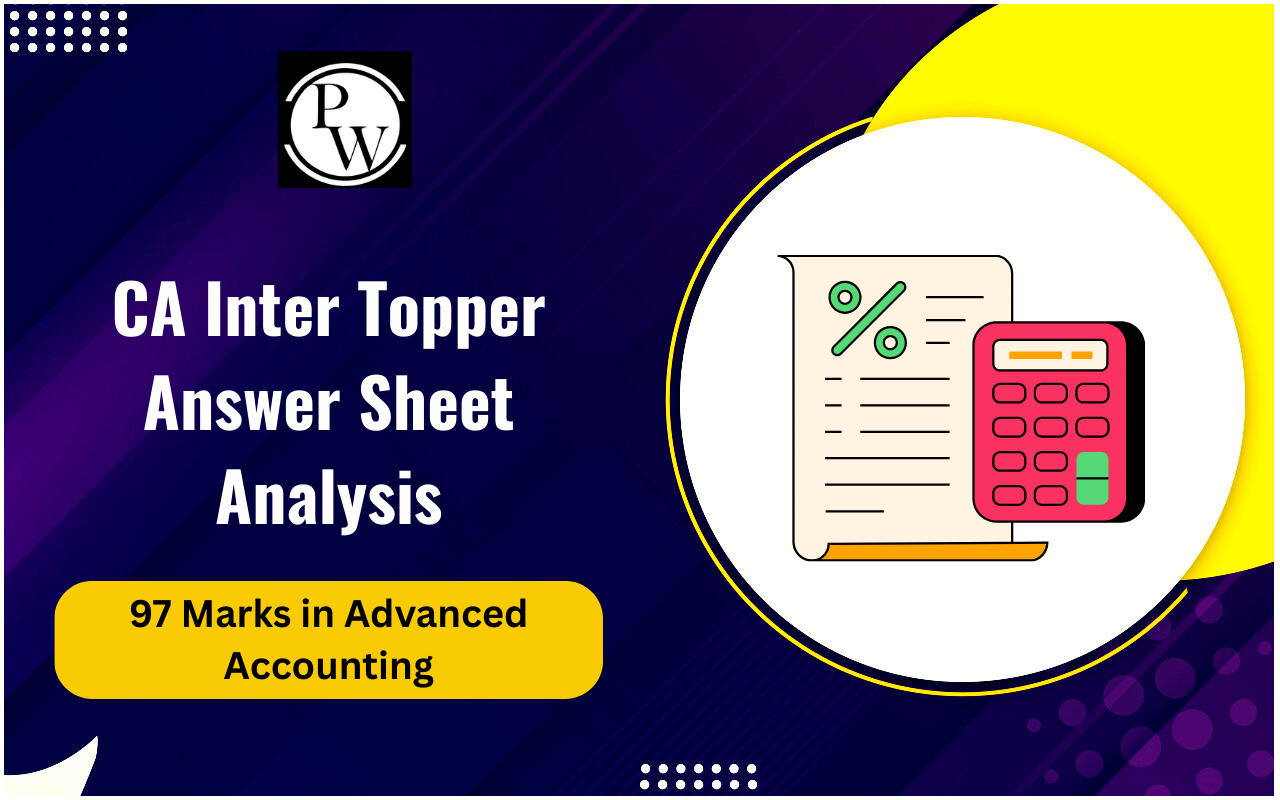
In the complex world of taxation, GST compliance stands as a cornerstone for businesses and professionals alike. For aspiring Chartered Accountants (CAs), mastering GST compliance is not only a requisite for professional success but also a vital skill to navigate the ever-evolving tax landscape. This article will delve into the essentials of GST compliance, offering insights and practical advice to help CA students excel in CA Exams .
What is GST Compliance?
GST Compliance refers to adhering to the regulations and requirements set forth under the Goods and Services Tax (GST) regime. It involves timely and accurate filing of GST returns, maintaining proper records, and ensuring that the business meets all legal obligations related to GST. Compliance is crucial for businesses to avoid penalties, maintain credibility, and ensure smooth operations. For CA students, mastering GST compliance is vital as it forms a significant part of tax-related responsibilities.Importance of GST Compliance
Understanding the importance of GST Compliance is essential for CA students. Compliance ensures that businesses operate within the legal framework, avoiding hefty fines and legal repercussions. It also helps in maintaining transparency and trust with stakeholders. For CA students, knowledge of GST compliance is indispensable, as it directly impacts financial management and business operations. Ensuring compliance helps businesses benefit from input tax credits, reduce tax liabilities, and improve overall financial health.Also Read: Steps to Conduct an Effective Risk Assessment
GST Compliance Key Components
To achieve GST Compliance, businesses must focus on several key components:Registration : Every business exceeding the prescribed turnover threshold must register under GST. Understanding the registration process and its requirements is the first step towards compliance.
Invoicing : Issuing correct invoices as per GST rules is crucial. Invoices must contain all mandatory details, such as GSTIN, HSN code, and taxable value.
Filing Returns : Timely filing of GST returns (GSTR-1, GSTR-3B, etc.) is mandatory. Accurate reporting of sales, purchases, and tax liabilities ensures compliance and smooth reconciliation.
Payment of Taxes : Ensuring timely payment of GST is vital. Businesses must calculate their tax liabilities accurately and pay the dues within the stipulated time to avoid interest and penalties.
Maintaining Records : Proper maintenance of books of accounts and records is essential for compliance. Businesses must keep records of all transactions, invoices, and tax payments for a specified period.
Challenges in GST Compliance
Despite the benefits, achieving GST Compliance can be challenging due to various factors:- The GST law is comprehensive and often subject to amendments. Staying updated with the latest changes is crucial but challenging.
- GST compliance heavily relies on technology. Businesses must have robust systems for invoicing, return filing, and record-keeping.
- Matching input tax credits with supplier data can be tedious. Discrepancies can lead to mismatches and impact compliance.
- Ensuring compliance requires dedicated resources and expertise. Small businesses often struggle with the financial and human resources needed for compliance.
- Non-compliance can result in hefty penalties and legal issues. Understanding the implications and ensuring adherence to all requirements is critical.
GST Compliance Steps
Ensuring GST Compliance is essential for businesses to operate within the legal framework, avoid penalties, and maintain credibility with stakeholders. Here are the key steps to achieve effective GST compliance:1. Stay Informed
Staying updated with the latest GST rules and amendments is crucial for compliance. The GST law is dynamic and subject to frequent changes. To stay informed, subscribe to official newsletters, follow government notifications, attend professional seminars and webinars, and participate in forums. Regularly reviewing updates from the GST Network (GSTN) and other authoritative sources ensures that you are aware of any new compliance requirements or procedural changes.2. Use Technology
Leveraging technology is vital for efficient GST compliance. Utilize accounting software that integrates with the GSTN for seamless invoicing, return filing, and record-keeping. These tools help automate calculations, reduce errors, and ensure timely submissions. Many software solutions offer features such as real-time data synchronization, automated reconciliation, and compliance alerts, which simplify the compliance process and enhance accuracy.3. Maintain Accuracy
Accurate data entry and record-keeping are fundamental to GST compliance. Ensure that all business transactions are recorded correctly and that invoices contain all mandatory details, such as GSTIN, HSN code, taxable value, and tax amount. Regularly reconcile your accounts with the GST returns to identify and rectify discrepancies. Proper documentation and organized record-keeping facilitate smooth audits and inspections, reducing the risk of penalties.4. Timely Filing
Adhering to deadlines for GST return filing and tax payments is essential to avoid penalties and interest charges. Set reminders and maintain a compliance calendar to keep track of due dates for various returns, such as GSTR-1, GSTR-3B, and annual returns. Conduct regular reviews of your GST obligations to ensure all filings are completed on time. Consistently meeting deadlines demonstrates a commitment to compliance and enhances your business's reputation.5. Seek Professional Help
If the complexity of GST compliance becomes overwhelming, seek assistance from GST experts or CA professionals. They can provide valuable insights, help navigate intricate regulations, and ensure that your business remains compliant. Professional advice can be particularly beneficial for small businesses that may lack in-house expertise. Engaging with professionals can also help in identifying potential compliance risks and implementing best practices. Ready to ace your CA exams and master GST compliance? Enroll in PW CA Courses today and gain the skills and knowledge needed for a successful career in accounting and finance!| Also Check | |
| Business Accounting | Data Protection Laws |
| Inventories | Sustainable Economic Growth |
| Tax Implications of Mergers and Acquisitions | Difference Between Journal and Ledger |
GST Compliance FAQs
What is GST compliance?
Why is GST compliance important for CA students?
What are the key components of GST compliance?
How can technology aid in GST compliance?
What are the consequences of non-compliance with GST?










